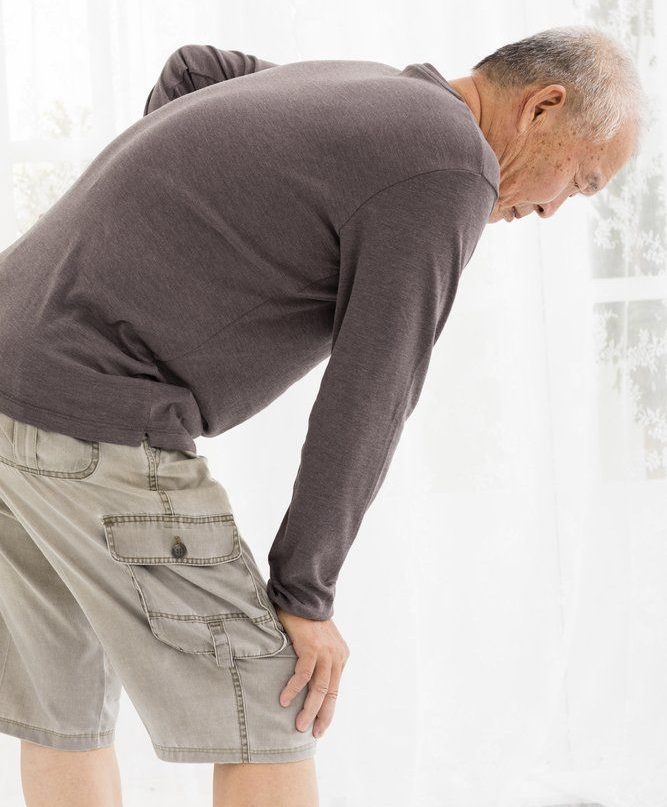Joint Pains
What Are Joint Pains?
Joint pain refers to discomfort, aches, or soreness in any of the body’s joints, such as the knees, hips, shoulders, or wrists. It can range from mild to severe and may be acute (short-term) or chronic (long-term). Joint pain is often caused by conditions like arthritis, injury, or overuse, but it can also result from other underlying health issues. Effective management can improve mobility and quality of life.
Common Causes of Joint Pain
1. Arthritis
This includes osteoarthritis, a degenerative joint disease caused by the breakdown of cartilage, and rheumatoid arthritis, an autoimmune condition where the immune system attacks joint tissues. Arthritis is one of the most common causes of chronic joint pain, particularly in older adults.
2. Injuries
Sprains, strains, fractures, and dislocations can lead to acute joint pain. Sports injuries or accidents can damage ligaments or cartilage, leading to long-term issues if not treated promptly.
3. Overuse
Repetitive motion from work, sports, or other activities can strain the joints. This includes conditions like tendinitis or bursitis, especially in athletes and workers who perform repetitive tasks.
4. Infections
Joint pain may be caused by viral, bacterial, or fungal infections. Septic arthritis, caused by infection in the joint space, is a medical emergency and requires immediate attention.
5. Autoimmune Diseases
Diseases such as lupus, psoriatic arthritis, or ankylosing spondylitis cause the body’s immune system to mistakenly attack its own tissues, including the joints.
6. Other Conditions
Conditions like bursitis, gout, fibromyalgia, or even Lyme disease can lead to joint discomfort. Gout, for instance, is caused by the buildup of uric acid crystals in the joints, typically affecting the big toe.
7. Obesity and Poor Posture
Carrying excess body weight puts additional strain on the joints, particularly in the knees and hips. Poor posture can also lead to misalignment, increasing stress on joints and causing pain.

Symptoms of Joint Pains
Pain or Tenderness: You may experience pain when touching or moving the joint.
Swelling: Inflammation or fluid buildup can cause the joint to appear swollen or puffy.
Redness and Warmth: Often a sign of inflammation or infection within the joint.
Stiffness: Difficulty moving the joint, particularly in the morning or after long periods of inactivity.
Limited Range of Motion: You may find it hard to move the joint fully or without discomfort.
Weakness or Instability: The joint may feel weak or give way under pressure.
Fatigue or Malaise: Particularly in autoimmune conditions, joint pain may be accompanied by general fatigue or flu-like symptoms.
Crunching or Popping Sounds: Especially in conditions like osteoarthritis, joints may make noises during movement.
Ayurveda Treatments for Joint Pains

Panchakarma Therapies
Panchakarma includes detoxifying treatments like Abhyanga, Swedana, Basti, and Virechana, which eliminate deep-seated toxins, balance doshas, reduce inflammation, and restore joint flexibility naturally. These therapies also rejuvenate tissues and improve metabolic function for long-lasting joint pain relief.
Herbal Medicines
Potent Ayurveda herbs like Guggulu, Ashwagandha, Shallaki, and Triphala offer anti-inflammatory, analgesic, and detoxifying effects. They help reduce joint swelling, improve strength, correct immunity, and enhance joint mobility with minimal side effects, especially in chronic or autoimmune conditions.
Local Applications and External Therapies
External Ayurveda treatments such as herbal pastes (Lepana), Kati Basti, and Pizhichil use warm oils and herbal formulations. These therapies reduce stiffness, nourish tissues, improve lubrication, and offer effective pain relief in chronic joint and spine conditions.
Diet and Lifestyle Recommendations
Ayurveda emphasizes a warm, fresh, fiber-rich diet and hydration. Avoid processed, cold, or heavy foods. Lifestyle changes like yoga, adequate sleep, good posture, and routine self-care enhance digestion, balance doshas, and support joint health and mobility.
Preventing Joint Pains
While not all joint pain can be prevented, certain measures can reduce your risk and promote joint health:
Maintain a Healthy Weight: Excess weight increases stress on joints, especially the knees and hips.
Stay Active: Regular low-impact exercises improve flexibility, strength, and endurance.
Use Proper Equipment and Posture: Whether working at a desk or lifting heavy objects, maintaining proper posture helps prevent injuries.
Eat a Joint-Friendly Diet: Anti-inflammatory foods like omega-3 rich fish, leafy greens, turmeric, and nuts support joint health.
Stay Hydrated: Water helps keep cartilage soft and lubricated.
Avoid Smoking and Excessive Alcohol: These can affect bone and joint health.
